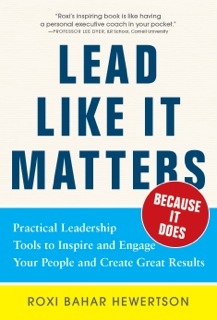Key Strategic Action Questions
Leaders can sometimes get sidelined and stuck in a rut by focusing too much on tactics rather than strategies, and on what happened yesterday rather than what needs to happen tomorrow and the many tomorrows to come. Here are some questions to answer when you are thinking about Strategic Action. You might want to rate yourself on the questions including – how often and how well do you ask yourself and your people these questions?
Questions to Answer
1. Mission – the organization’s core work; reason/purpose for being
- Why does this organization exist?
- Whom does it serve?
- What distinguishes it from other organizations?
- What do you do that gives the organization meaning?
2. Vision – an inspiring, passionate, image of what the organization needs to and will become; a mental, even visual, model of the future; what success looks like
- What kind of organization do you want to become?
- What legacy do you want to leave?
- How do you want to be perceived in the world? Be known for?
- What does your ideal world look like?
- What’s organizational culture do you want to create and how do you expect that culture will help you achieve your vision and strategic goals?
3. Values – the behaviors and actions that create the culture in the organization, the beliefs that drive decisions about people and work
- What are the principles that guide your decision-making?
- What can your stakeholders rely on in terms of the quality of programs/services/products delivered?
- What do you stand for and how do you show that to each other?
When MVV are established and clear, you can begin to align people and work in significant and meaningful ways. Everything you do should align with your Mission, advance you toward your Vision, and be in harmony with your Values.
4. Strategies – These FEW BIG things will define how the organization will get where it wants to go. The overarching approach that will significantly advance the Vision and stay true to the Mission and Values.
5. Tactics – Those actions/activities/work, that when accomplished, will align with and advance the Strategies
- What are the specific areas of work you want to address?
- What do you want to have completed and by when in these various areas?
- How will your goals advance your desired strategic outcomes?
6. Objectives – Fall within the Tactics. This is the work each person’s can identify with personally and can link to the organizational strategy, vision and mission
- What specifically is the work that will advance the strategy and tactics?
- Who are the right people to have this objective on their ‘plate?’
- Who’s responsible for making it happen?
- What are the deliverables, milestones, and time lines?
- What resources (people, time, money, space, other) are required to make this happen and happen well?
- What processes need to be in place (i.e. project management, change process, structure) to ensure a positive outcome?
Remember, it IS the leaders’ job to establish the mission and vision. Values should be developed with input and buy in from those who must live by them.
A vision is only a true vision when it has longevity, is not person dependent, and can stand the test of time.
Organizations need a FEW SIGNIFICANT and CLEAR, MEASUREABLE strategies to help advance the larger Vision.
About the Author

How can you make the leadership leap gracefully? Well, learning and practicing effective leadership skills is a good place to begin. When you read Roxi’s book you’ll be well on your way! Click here to learn more.

